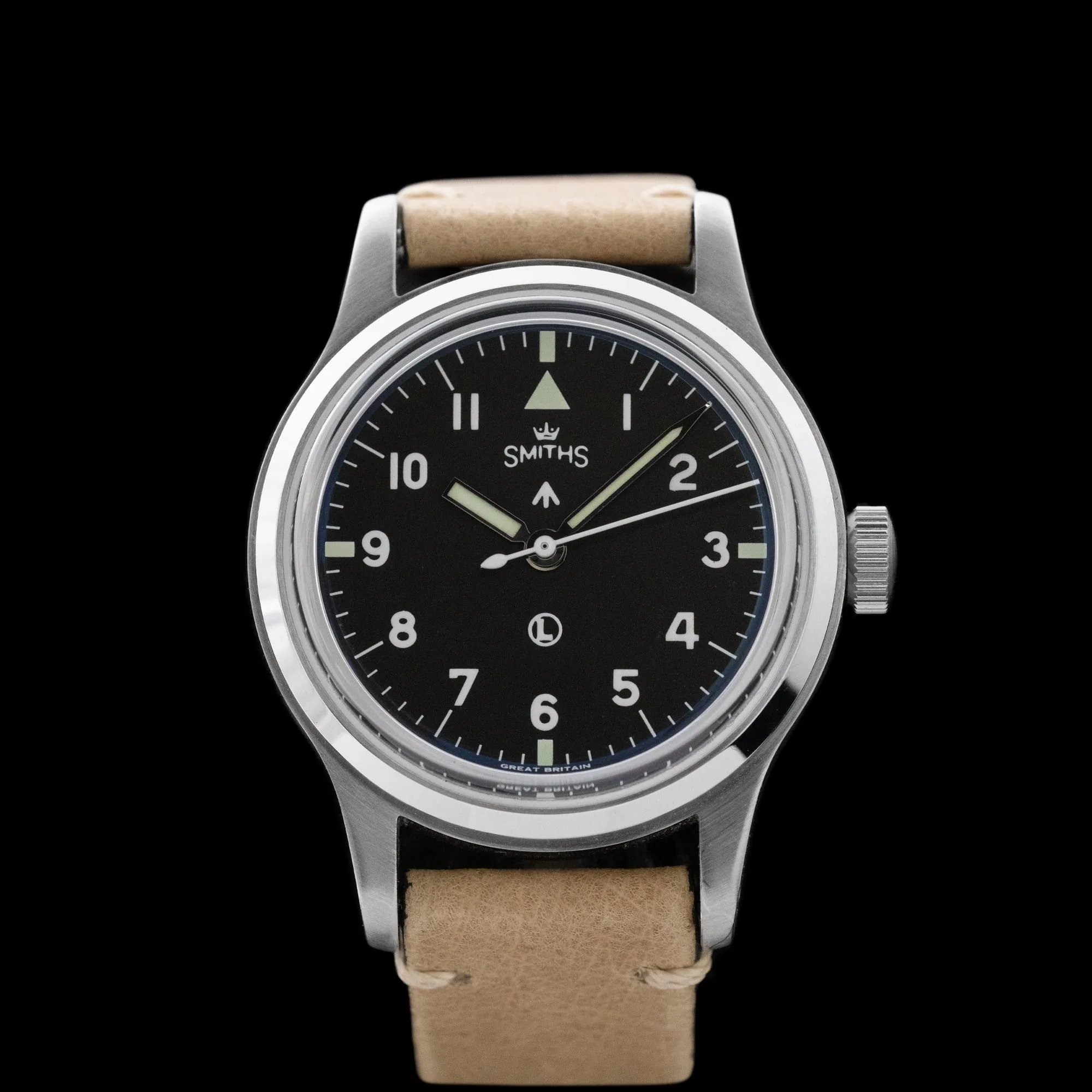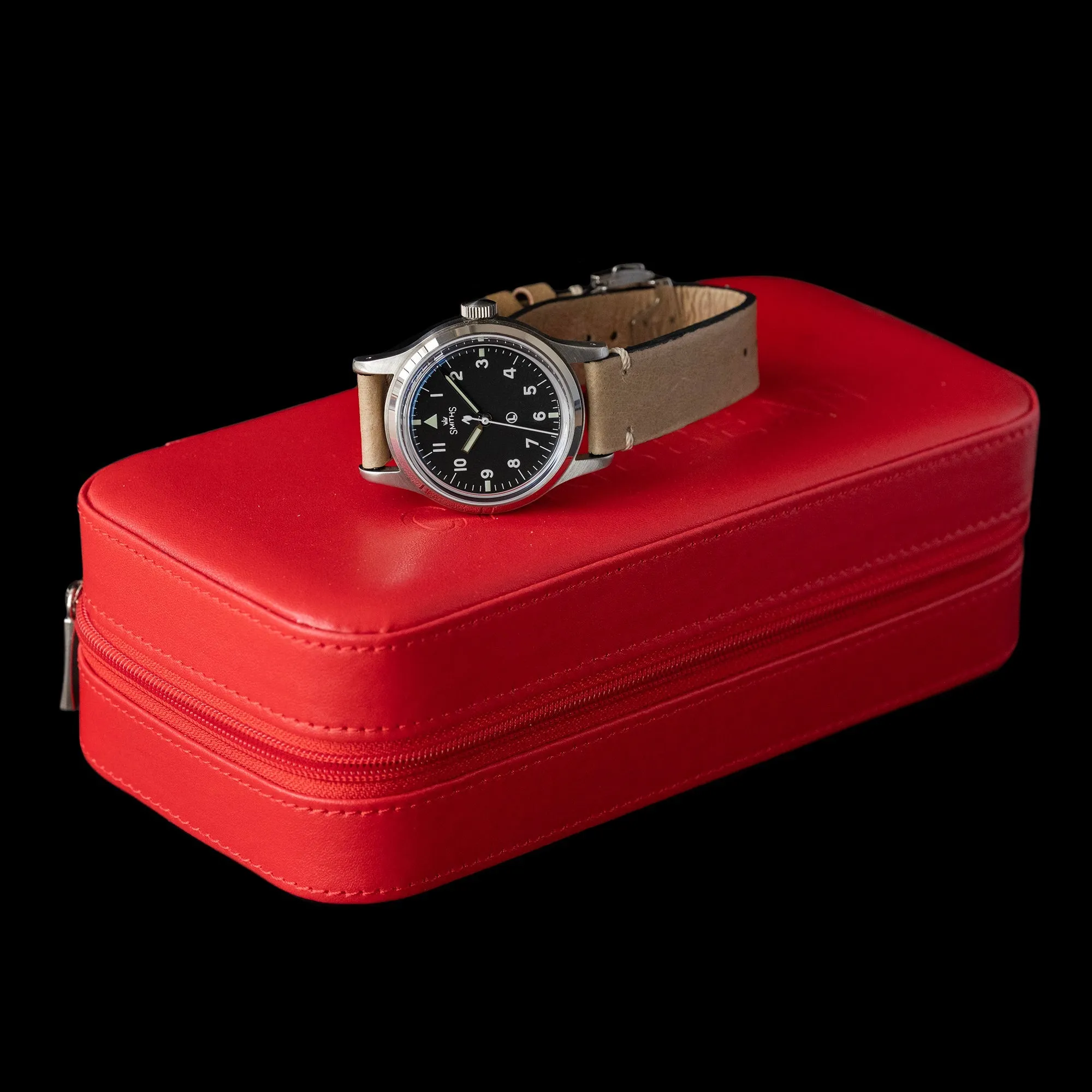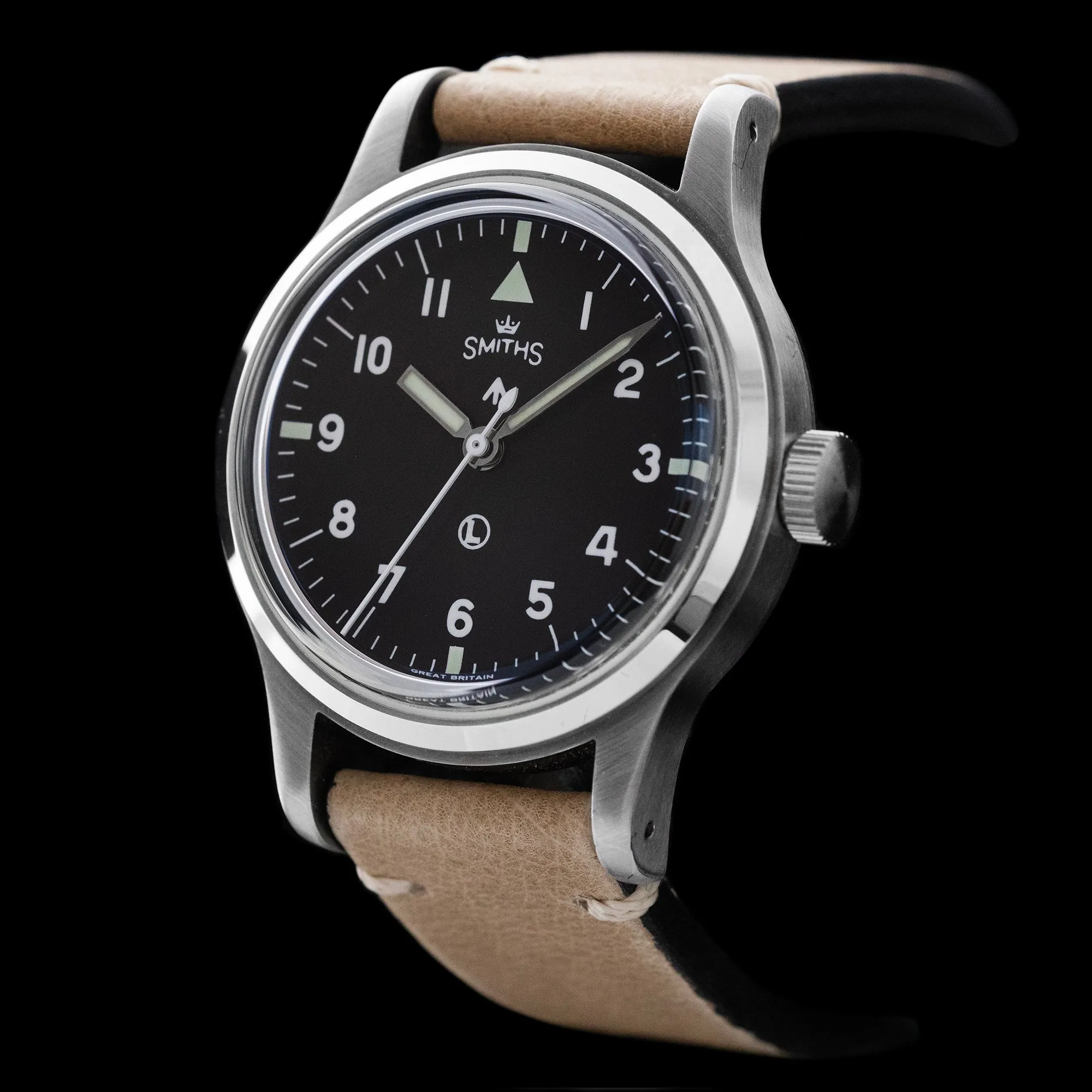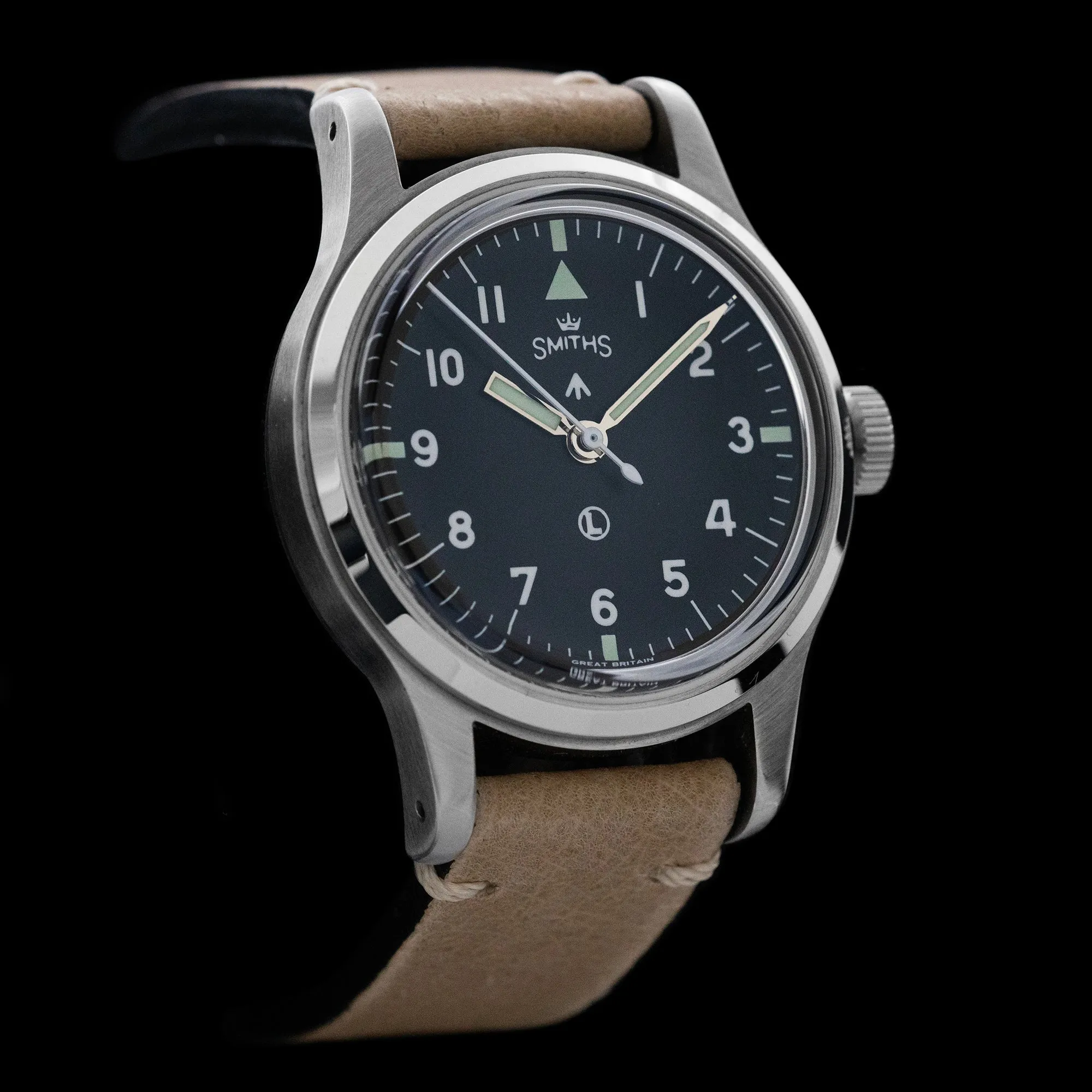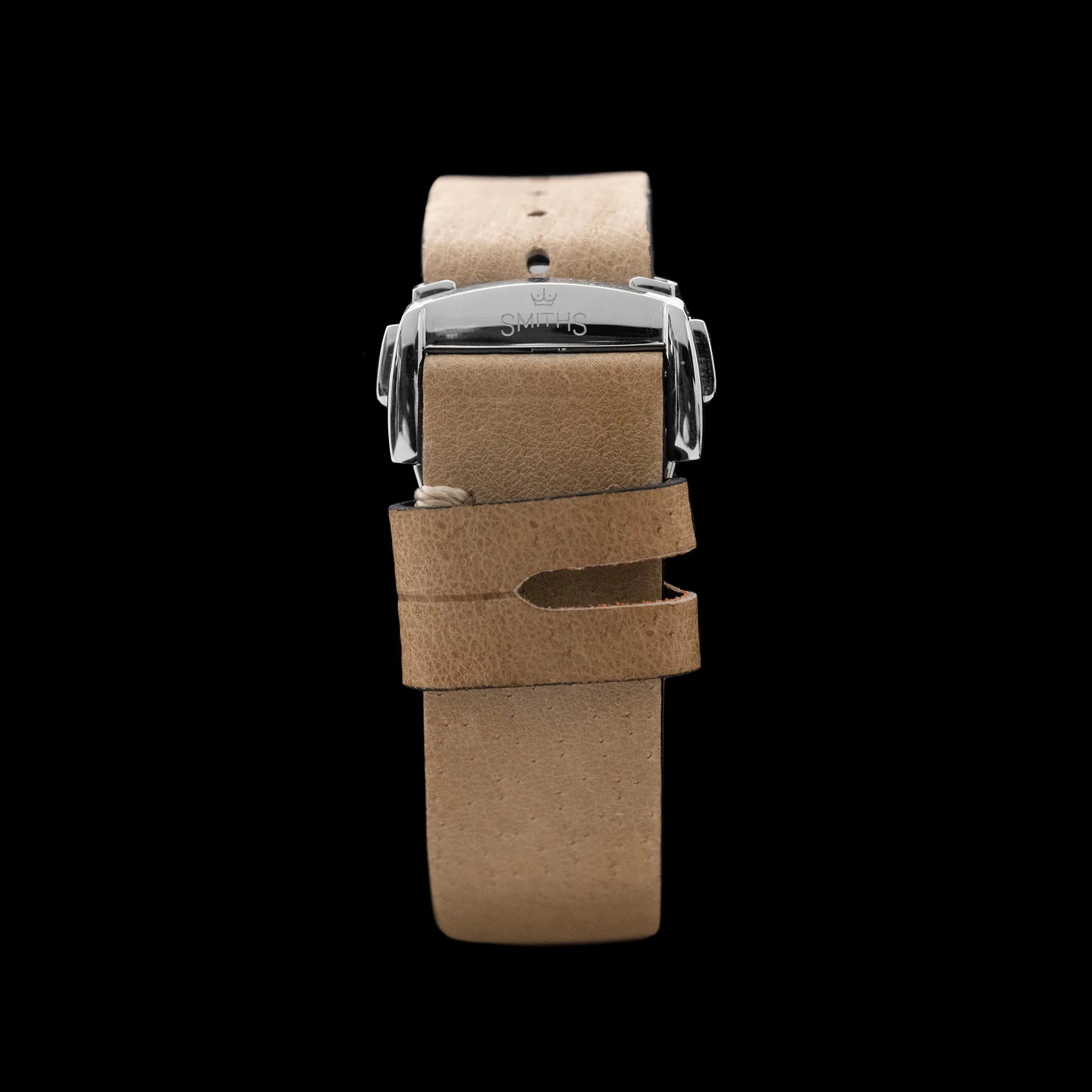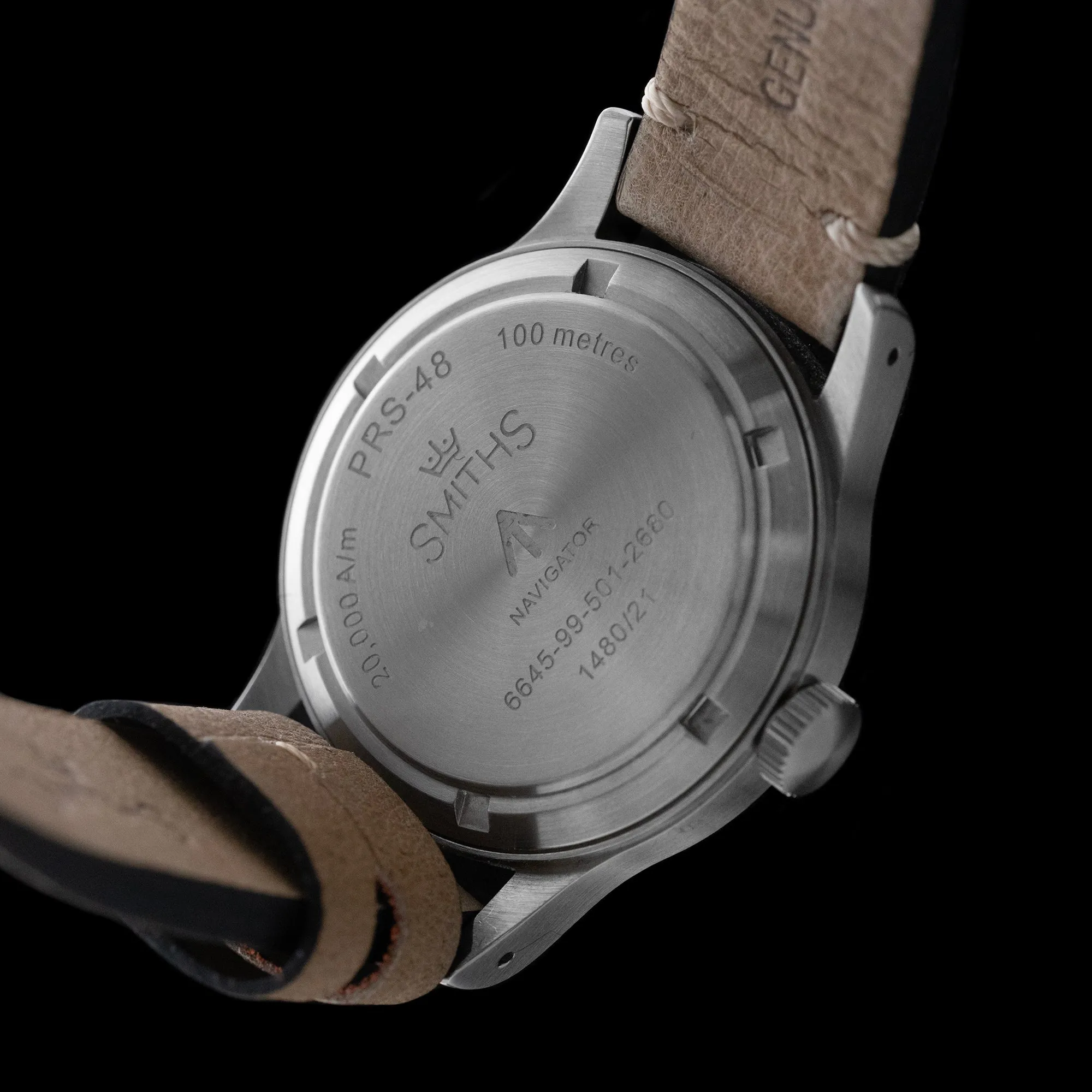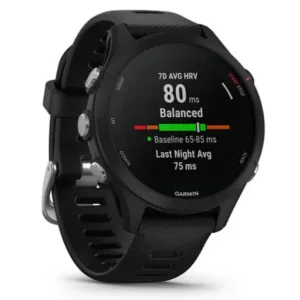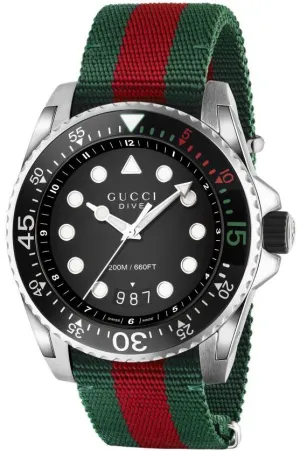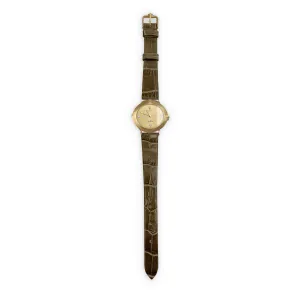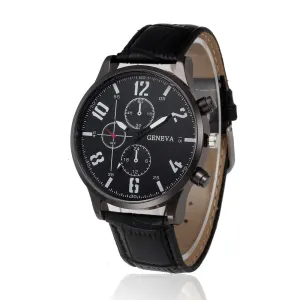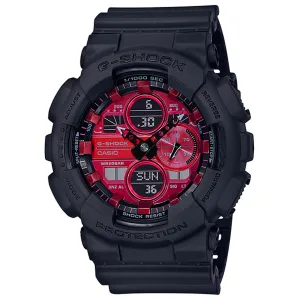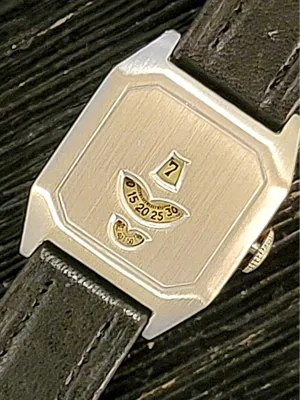WHAT WE LOVE:
In 1941, the British Royal Airforce undertook a study to assess the accuracy of bombing raids spanning 52 days. The results showed that only 25% of bombers claiming to hit their targets did so, and a whopping 95% that missed were off by over 5 miles.
During this era, the absence of GPS meant that "dead reckoning", a method based on calculating the journey's start and endpoints, direction, speed, and time taken, was primarily used for navigation. The watches available then weren't robust or precise enough, largely because the strong magnetic fields from the radar screens used in planes affected their functioning.
By 1946 or 1947, the RAF recognised the need for a more dependable watch. The Air Ministry then collaborated with Goldsmiths and Silversmiths Ltd to procure a top-tier watch. The essential requirements for this watch were that it should be of chronometer quality, highly resistant to magnetic interference (12,000A/m), and easy to read. Two brands, International Watch Company (IWC) and Jaeger LeCoultre (JLC), met the criteria and were awarded the contract to supply their versions of the watch, both labeled Mk 11, which were integrated into service by 1949.
It's worth noting that Mk 11 is the label given by the Air Ministry and not the model number provided by the manufacturers.
Both watch versions had elongated hands which were challenging to read in dim lighting. As a solution, IWC modified its version in 1952 by introducing a more visible, shorter, and broader hour hand.
The Smiths Navigator takes inspiration from the Mk 11, adhering to the original specifications set by the Air Ministry. However, it boasts superior magnetic resistance (20,000A/m) and a sapphire crystal face.
FIVEFORTYFIVE SIX MONTHS WARRANTY




